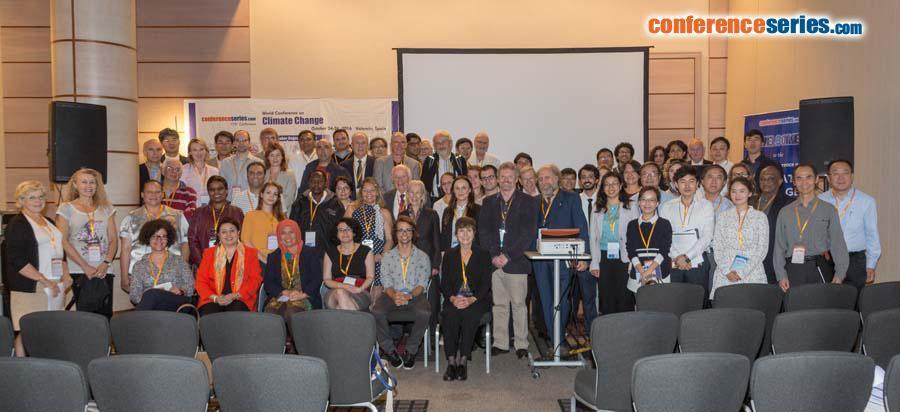
Murray Moinester
Emeritus, Tel Aviv University
Israel
Title: Sequestration of atmospheric carbon dioxide as inorganic carbon in the unsaturated zone of semi-arid forests
Biography
Biography: Murray Moinester
Abstract
We propose tackling CO2 reduction using an economical and sustainable, low-tech method to reverse the secondary processes of deforestation, specifically in semi-arid regions. These areas, which comprise ~17% of the global land area, are characterized by erratic and low amounts (25-70 cm/yr) of precipitation, enough to support small trees. The Yatir forest in Israel is an example of reforestation in a semi-arid zone. The forest's trees act as pumps, taking in CO2 through stomatal apertures in their leaves, and then pumping out CO2 through root respiration underground into the thick water unsaturated zone (USZ). HCO3- bicarbonate in the resulting USZ aqueous solution interacts with soil minerals to form and then precipitate a variety of secondary carbonate salts. Radiocarbon dating proves that this sequestration is long term. Consider a volume in the USZ of this forest (1 square km area, 6 m depth). Our measurements show that the carbonate salt precipitation within this volume of sediment is approximately equivalent to 37.8 tons CO2 per year.The world's semi-arid zones cover approximately 23. million square km. Taking Yatir forest data to be representative, our very rough potential global CO2 annual sequestration rate estimate in the world's (to be planted) semi-arid forests is then ~1 billion tons CO2/yr, precipitated as inorganic carbonate salts within the USZ. This value represents ~5% of the 20 billion tons CO2/yr rate by which the CO2 in the atmosphere is currently increasing. Our estimates should be checked and refined by extending the Yatir forest studies to other semi-arid regions.
Speaker Presentations
Speaker PDFs
Speaker PPTs Click Here

